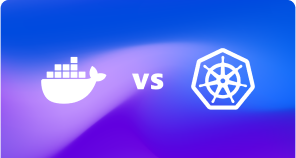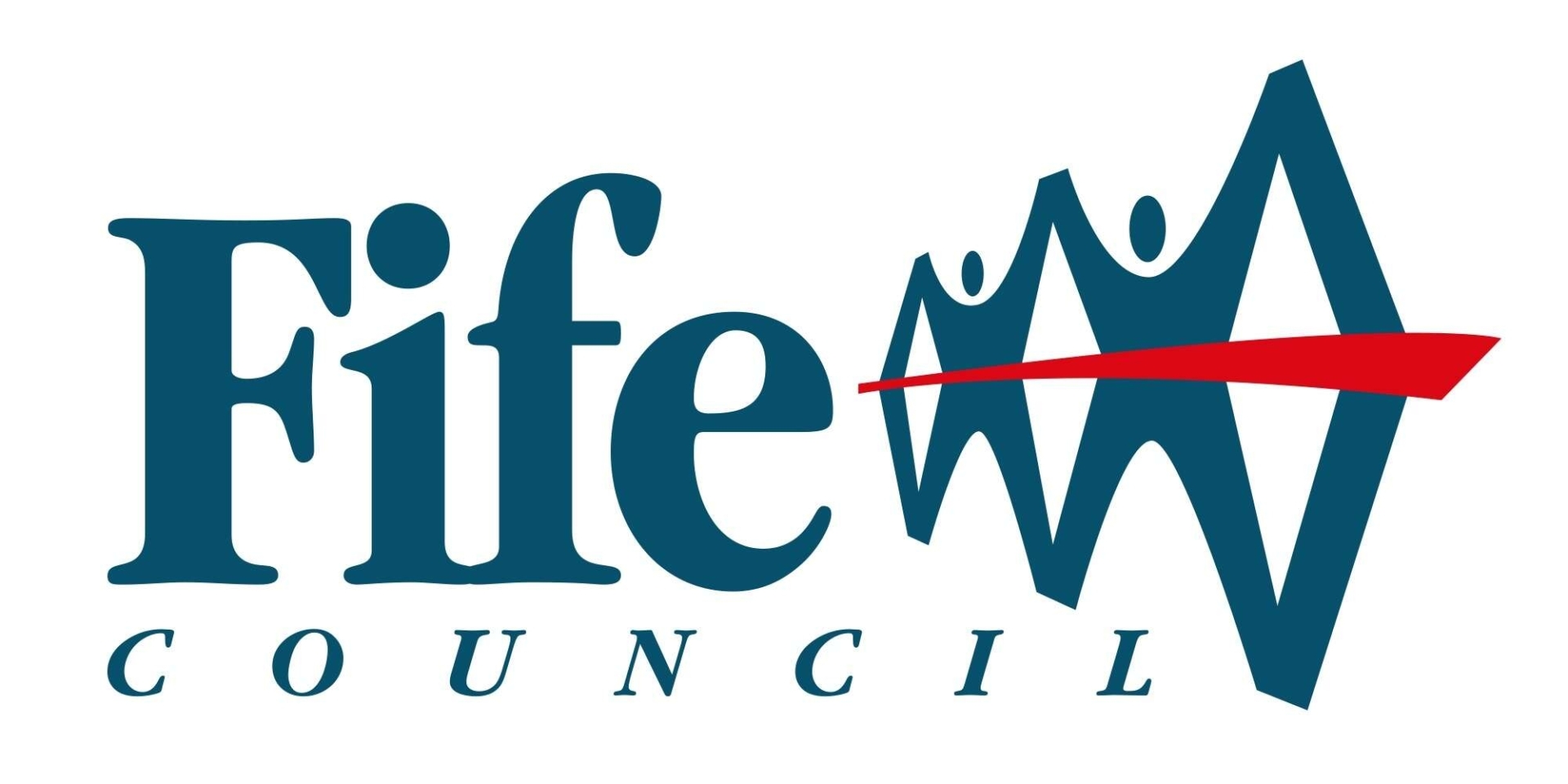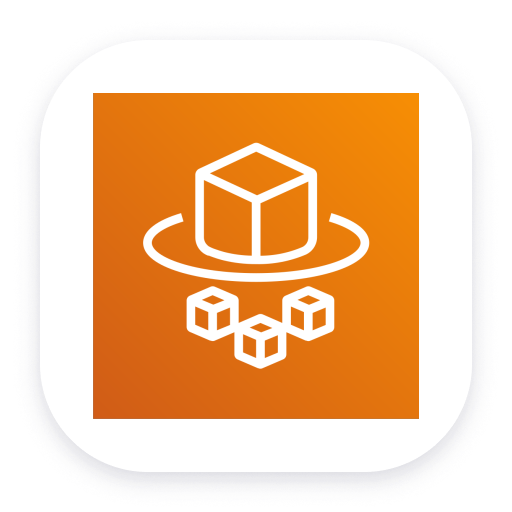
Kubernetes
Dynatrace is the only Kubernetes observability platform on the market that integrates full-stack end-to-end observability with intelligent analytics, automation, and security.
Essentials
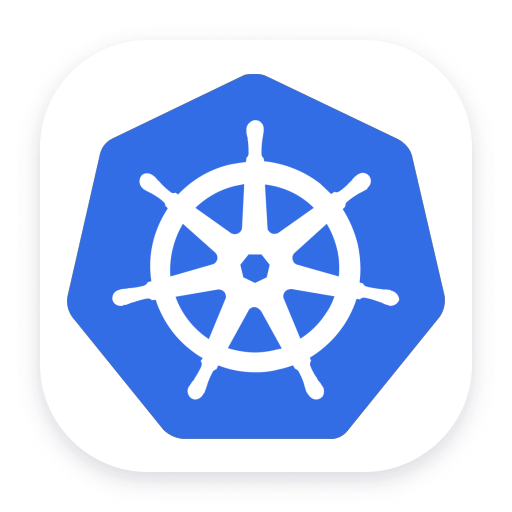
Kubernetes
Harness automation and AI to simplify Kubernetes observability at scale.
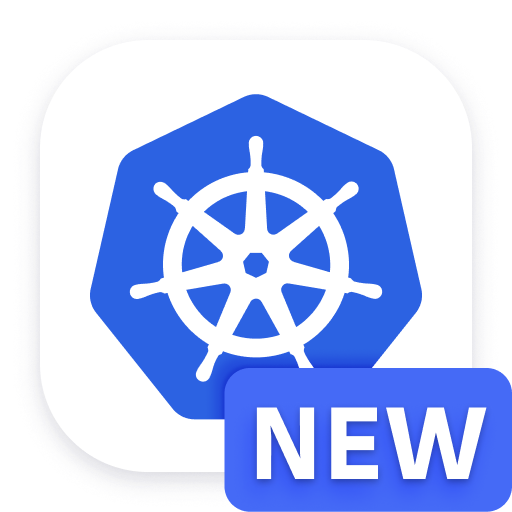
Kubernetes
All-in-one Kubernetes observability for infrastructure and apps teams
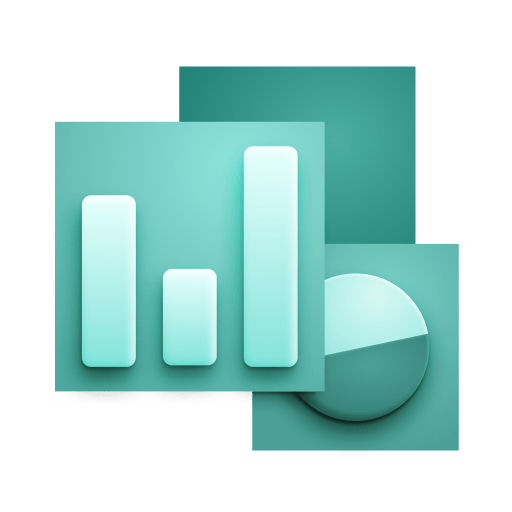
Dashboards
Transform complex data into clear visualizations with custom dashboards.

Logs & Events
Hassle-free log management lets you ask any question from logs at any time.
Distribution
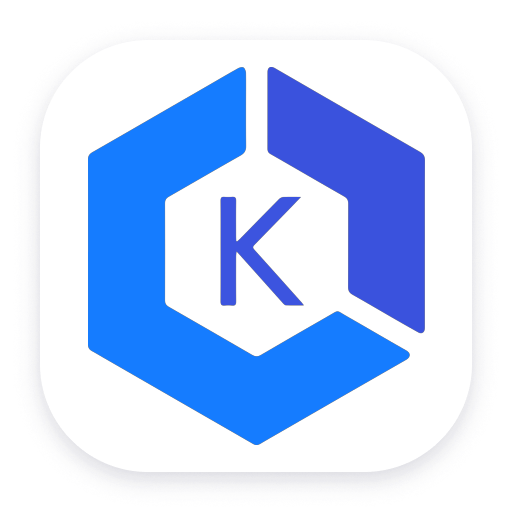
Amazon Elastic Kubernetes Service (EKS)
Harness automation and AI to simplify Kubernetes observability at scale.
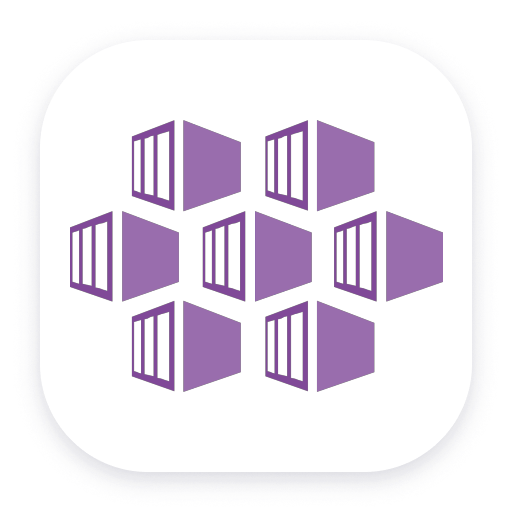
Azure Kubernetes Service (AKS)
Harness automation and AI to simplify Kubernetes observability at scale.
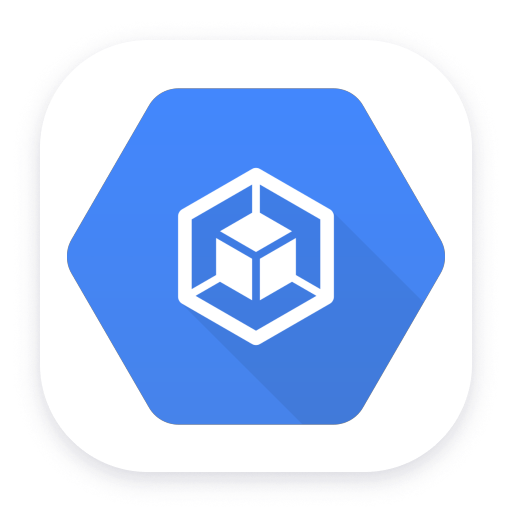
Google Kubernetes Engine (GKE)
Harness automation and AI to simplify Kubernetes observability at scale.

Red Hat OpenShift
Harness automation and AI to simplify observability on OpenShift at scale.
Kubernetes ecosystem integrations

Prometheus in Kubernetes
Collect metrics from Prometheus exporters in Kubernetes for Dynatrace analytics

Fluent Bit
Stream logs to Dynatrace via Fluent Bit for analysis and AI observability.
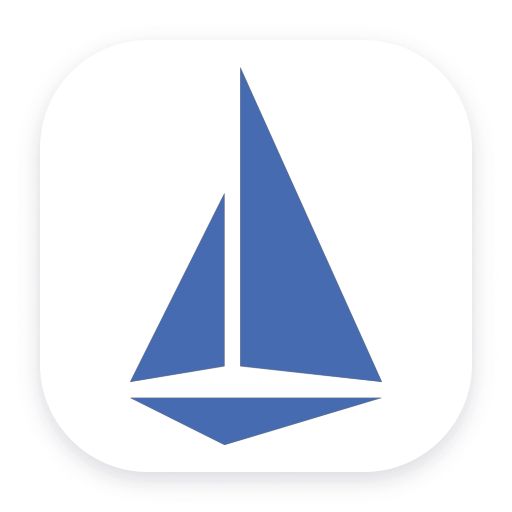
Istio Service Mesh
Monitor Istio health and performance with Prometheus metrics.
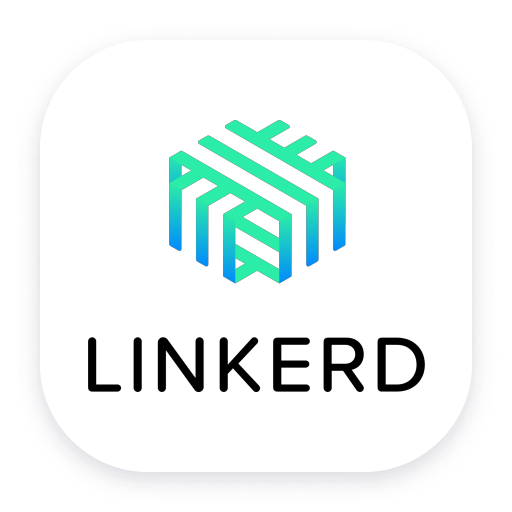
Linkerd
LInkerd service mesh provides runtime debugging, observability, reliability, and security with zero code changes.
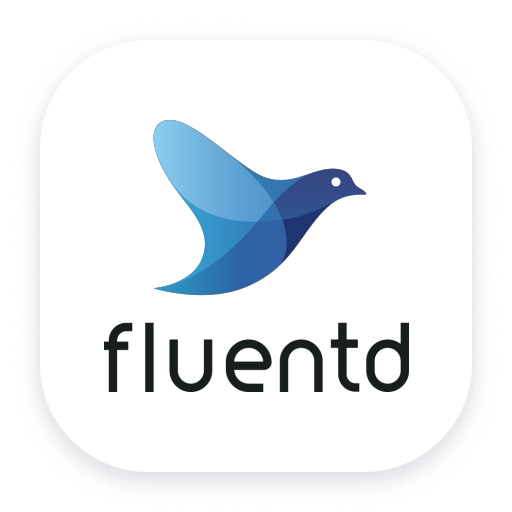
Fluentd
Stream log data to Dynatrace via Fluentd for analysis.
More resources

Consul Service Mesh (StatsD)
Extend visibility into your Consul Service Mesh instances to monitor health and improve performance.
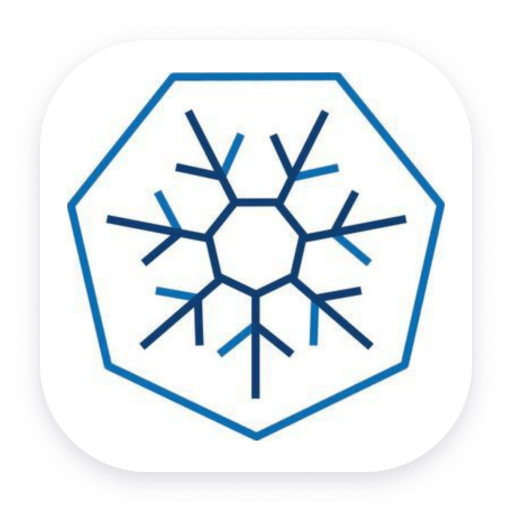
cri-o
Distributed tracing and metrics for services in cri-o containers in Kubernetes.
![[Deprecated] Kubernetes PVCs logo](https://dt-cdn.net/hub/logos/kubernetes-persistent-volume-claims.png)
[Deprecated] Kubernetes PVCs
Monitor your Kubernetes persistent volume claims and alert on capacity limits.

containerd
Distributed tracing and metrics for services in containerd in Kubernetes.
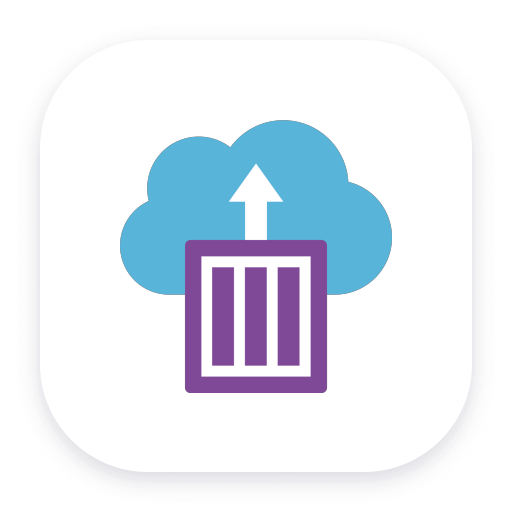
Azure Container Instance
Deploy and manage serverless containers on the Microsoft Azure cloud, without having to manage any underlying infrastructure.

Red Hat Enterprise Linux
Scale existing apps across bare-metal, virtual, container, and all types of cloud environments.
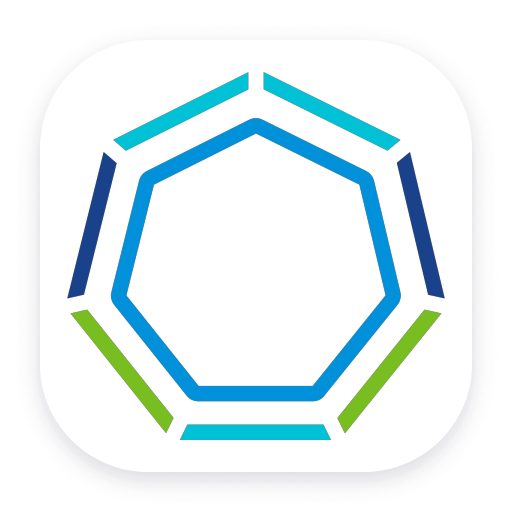
VMware Tanzu
Harness automation and AI to simplify Kubernetes observability at scale.
Are you looking for something different?
We have hundreds of apps, extensions, and other technologies to customize your environment
More resources


Kubernetes root cause analysis for Davis AI

Simplify Kubernetes complexity

A K8s into the wild report
